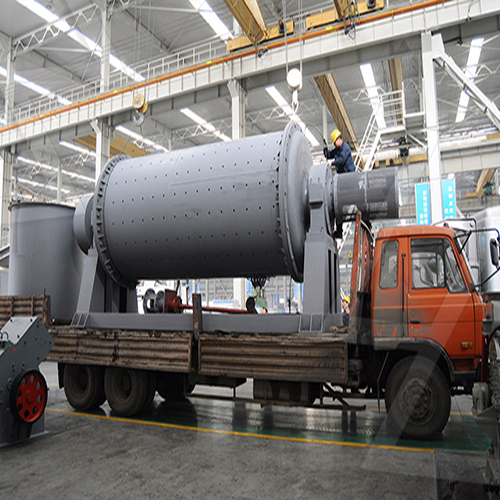A ball mill flotation plant is a mineral processing facility that combines grinding (ball milling) and froth flotation to separate valuable minerals from ore. Here’s a breakdown of the key components and processes:
1. Ball Mill (Grinding Stage)
– Purpose: Crush and grind raw ore into fine particles to liberate valuable minerals from the gangue (waste material).
– Operation:
– Ore is fed into a rotating cylindrical shell with steel balls as grinding media.
– The tumbling action breaks down the ore into a slurry (typically ≤200 mesh or 75 microns).
– Output: A finely ground slurry sent to the flotation circuit.
.jpg) 2. Flotation Circuit (Separation Stage)
2. Flotation Circuit (Separation Stage)
– Purpose: Separate target minerals (e.g., copper, gold, lead-zinc) from waste using differences in surface chemistry.
– Key Steps:
1. Conditioning: Chemicals (collectors, frothers, depressants) are added to the slurry to make desired minerals hydrophobic (water-repellent).
2. Flotation Cells: Air is bubbled through the slurry; hydrophobic minerals attach to bubbles and rise as froth.
3. Concentrate Collection: Froth is skimmed off, producing a high-grade concentrate.
4. Tailing Disposal: Wast aterial (tailings) is discarded or further processed.
aterial (tailings) is discarded or further processed.
3. Auxiliary Equipment
– Cyclones: Classify slurry by particle size (oversize returns to the ball mill).
– Thickeners: Dewater concentrates/tailings.
– Filters/Dryers: Further dewatering for transport/smelting.
Common Applications
– Copper, lead-zinc, gold, nickel, and phosphate ores.
– Often used in sulfide mineral processing.
Advantages
– Efficient liberation of fine particles via ball milling.
– High selectivity in mineral separation via flotation.
– Scalable for large-tonnage operations.
Challenges
– High energy consumption (ball mills are power-intensive).
– Chemical costs for flotation reagents.
– Tailings management and environmental concerns.
Would you like details on a specific mineral process or plant design?





Leave a Reply